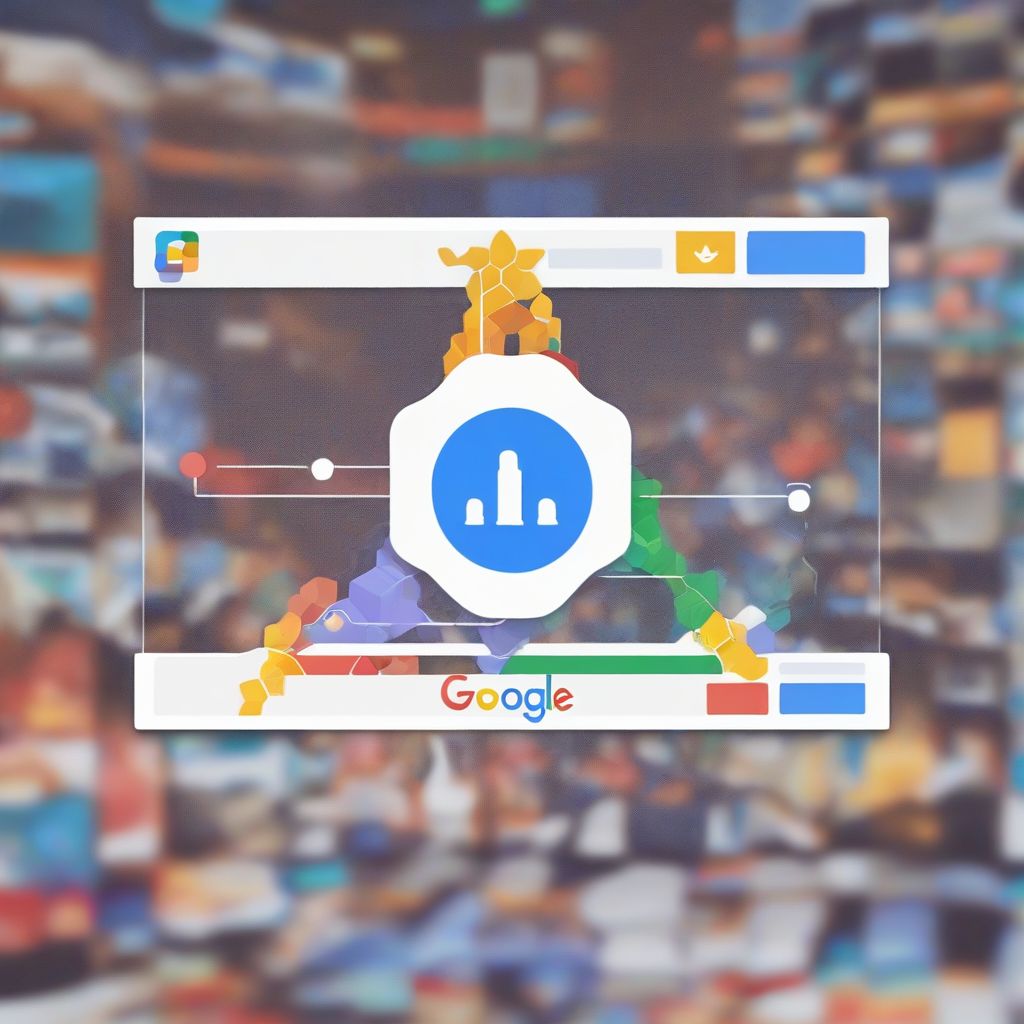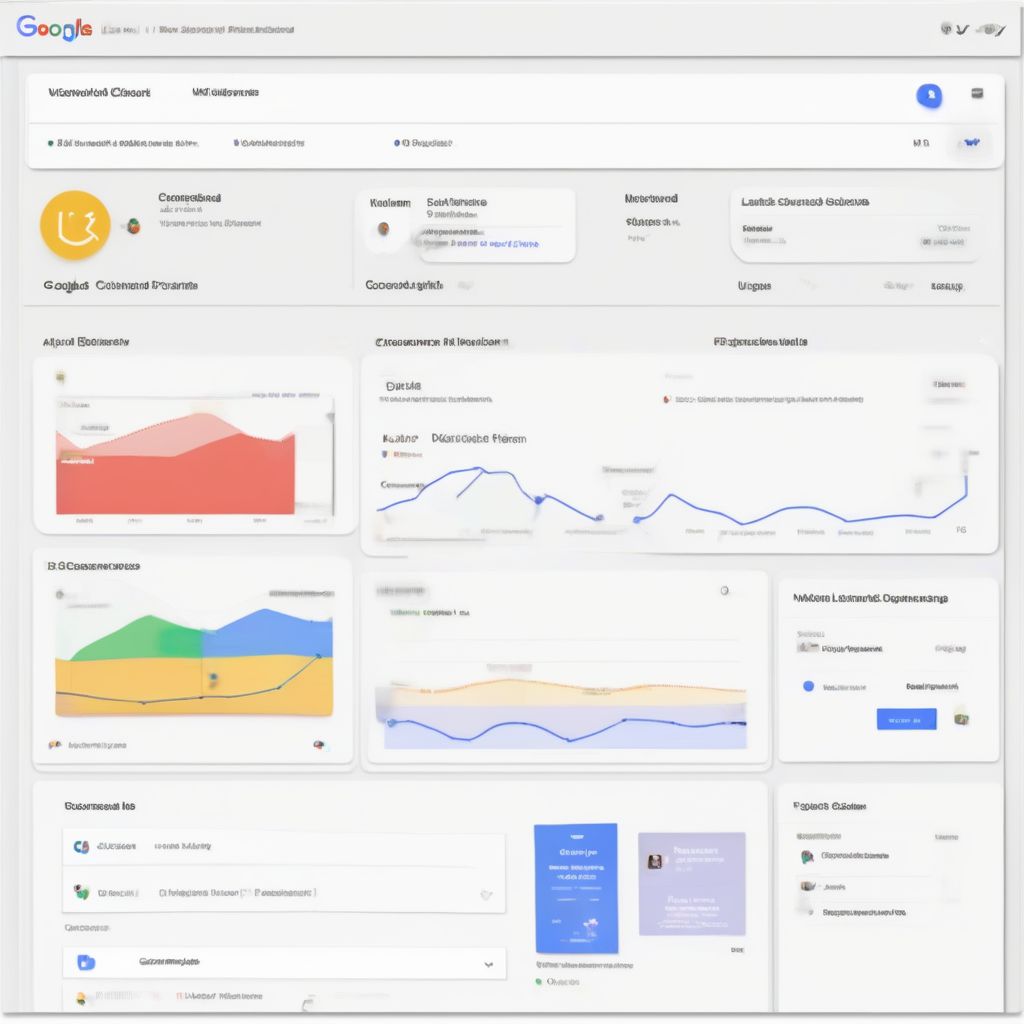Imagine a luxurious apartment building. It houses numerous tenants, each occupying their own separate units with independent access, amenities, and privacy. This, in essence, is a simplified illustration of multi-tenancy in cloud computing.
Instead of physical apartments, we’re talking about shared computing resources – servers, storage, networks, and applications – hosted in a cloud provider’s data center. Each “tenant” (typically a business or organization) accesses these shared resources as if they were their own, completely isolated from other tenants.
What is Multi-Tenancy in Cloud Computing?
Multi-tenancy is a software architecture where a single instance of a software application serves multiple independent groups of users (tenants). Think of it as a large cruise ship, where all passengers share the same infrastructure (the ship itself), but each has their own cabin and access to various amenities.
In the context of cloud computing, this means multiple customers share the same physical hardware and software resources, yet their data and applications remain securely separated.
Why is Multi-Tenancy Important?
Multi-tenancy is a cornerstone of cloud computing, offering numerous benefits:
1. Cost-Effectiveness:
By sharing resources, costs are significantly reduced for both the provider and the tenants. Providers achieve economies of scale, while tenants enjoy lower subscription fees compared to dedicated infrastructure.
2. Scalability and Flexibility:
Need more resources? No problem! Multi-tenant cloud environments allow for easy scaling – adding or removing resources on demand – providing businesses with the agility to adapt to fluctuating workloads.
3. Simplified Management:
With the cloud provider managing the underlying infrastructure, tenants can focus on their core business operations, reducing IT overhead and complexity.
Frequently Asked Questions about Multi-Tenancy
Is my data secure in a multi-tenant environment?
This is a common concern. Reputable cloud providers implement robust security measures like data encryption, logical isolation, and strict access controls to ensure data segregation and security.
What are the different types of multi-tenancy?
There are variations in how multi-tenancy is implemented, ranging from shared infrastructure with separate applications to completely isolated environments (virtualization).
How do I choose the right multi-tenant cloud solution?
Factors to consider include your security requirements, budget constraints, desired level of control, and the specific applications you need to run.
Conclusion
Multi-tenancy in cloud computing has revolutionized the way businesses access and utilize technology. Its cost-effectiveness, scalability, and simplified management make it an attractive solution for organizations of all sizes. By understanding the core concepts and benefits of multi-tenancy, businesses can make informed decisions about leveraging cloud services to drive innovation and growth.
We encourage you to share your thoughts and experiences with multi-tenant cloud environments in the comments below. Do you have any questions about this topic? Let us know!


